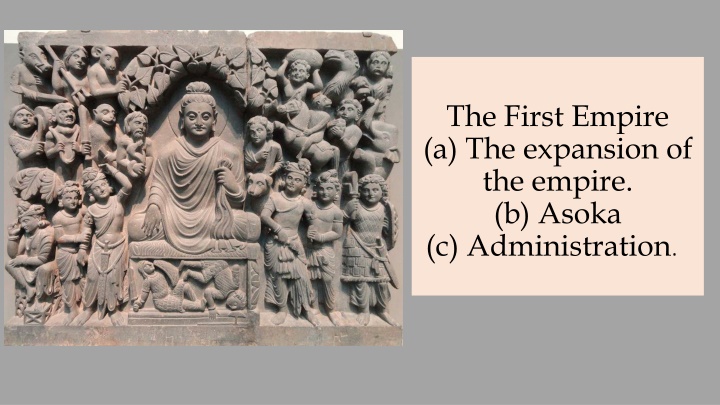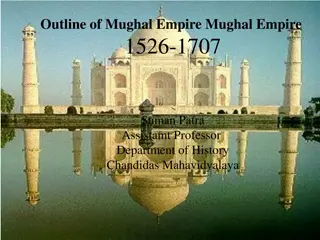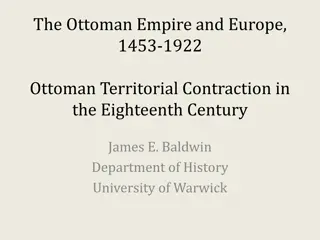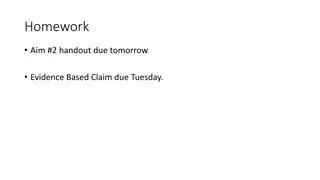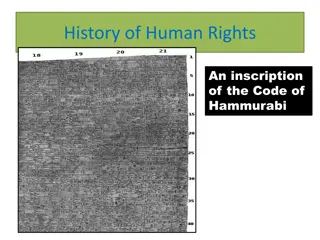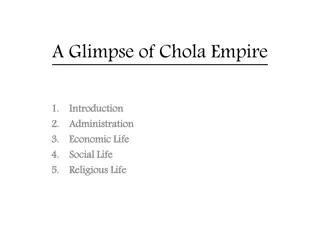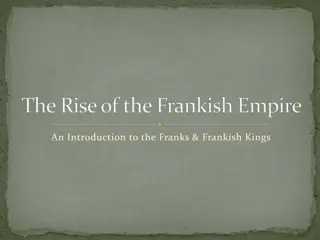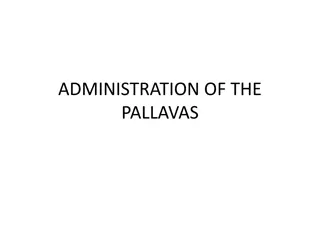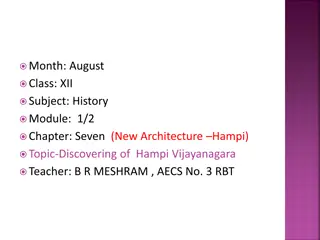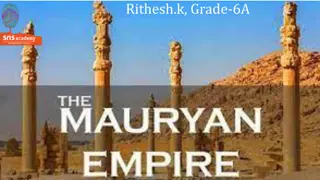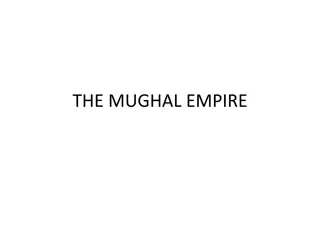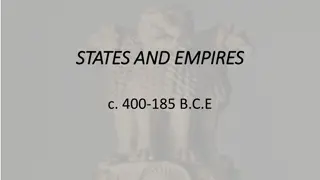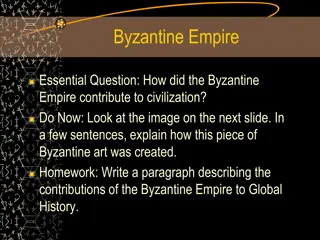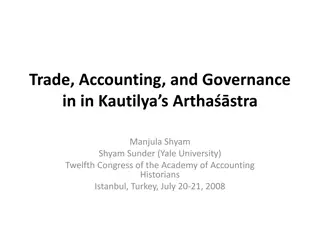Mauryan Empire: Expansion, Administration, and Legacy of Ashoka
The Mauryan Empire, ruled by Chandragupta, Bindusara, and the renowned Ashoka, witnessed significant expansion and innovative administration methods. Through taxation, infrastructure development, and royal appointments, the empire flourished. Ashoka's reign marked a shift towards peace, public welfare works, and religious tolerance, leaving a lasting legacy in Indian history.
Download Presentation

Please find below an Image/Link to download the presentation.
The content on the website is provided AS IS for your information and personal use only. It may not be sold, licensed, or shared on other websites without obtaining consent from the author.If you encounter any issues during the download, it is possible that the publisher has removed the file from their server.
You are allowed to download the files provided on this website for personal or commercial use, subject to the condition that they are used lawfully. All files are the property of their respective owners.
The content on the website is provided AS IS for your information and personal use only. It may not be sold, licensed, or shared on other websites without obtaining consent from the author.
E N D
Presentation Transcript
The First Empire (a) The expansion of the empire. (b) Asoka (c) Administration.
MAURYAN EMPIRE The strong village culture based on caste and local rajas made political unity very difficult. The Mauryas Empire had 3 important rulers Chandragupta, his Bindusara s son, Ashoka. Chandragupta Maurya defeats the rajas of the eastern and northern India, unifying India for the first time. The Mauryan empire was divided into five provinces- Uttarapath, Avantirashtra, Prachyapatha, Magadha. Pataliputra was the capital city of Mauryan Empire. son Bindusara, and Dakshinapath,
The main source of revenue in Mauryan administration was taxes and tributes. The Mauryan rulers roads and rivers which were important for transport. Royal princes were appointed as Governors to collect taxes from the provinces. The chief minister of Chandragupta Maurya, Kautilya wrote Arthashashtra, a book in which the ideas of Chanakaya, regarding the administration of this period have been written. tried to control
Mauryan Empire was one of the largest empires to rule the Indian sub-continent. Some of the important cities in the Mauryan empire were the capital city Pataliputra, Taxila, and Ujjain. Taxila was a gateway to the northwest, including Central Asia, while Ujjain lay on the route from north to south India. Megasthenes, an ancient Greek historian was sent as an ambassador to the court of Chandragupta Maurya by the Greek ruler of West Asia named Seleucus Nicator.
ASHOKA (268 to 232 BCE) Ashoka is considered the greatest ruler of India. He contributed to the art and architecture to a great extent. He built stupas at Sanchi, Bharhut, Sarnath etc. He also contributed to the Mahabodhi temple, Nalanda university etc. Ashoka did a lot of work for public welfare like dug wells, made rest houses etc. He made provisions for medical facilities and strictly prohibited animal sacrifice.
Ashoka was horrified with the violence and bloodshed in the Kalinga war and thus, he finally up wars. Ashoka was inspired by the teachings of Buddha. He issued laws against violence and practiced religious tolerance. Ashoka started the policy of Dhamma- the code of conduct. He tried to convey his message to the people through inscriptions. He appointed Dhamma Mahamatta to spread the concept of Dhamma. Most Ashokan inscriptions are in the Brahmi script. decided to give special officers,
Reference- https://www.cbseguess.com/cbse-guide/cbse-guide-class-6/history-cbse/ashoka1.php https://byjus.com/ncert-solutions-class-6-social-science-history-chapter-7-ashoka-the-emperor- who-gave-up-war/
